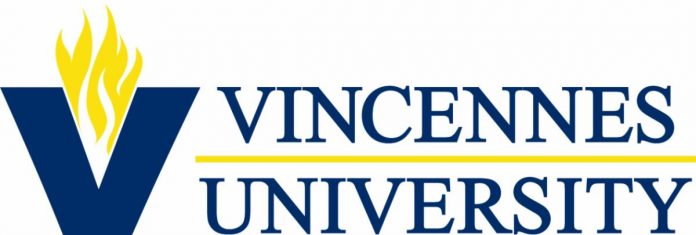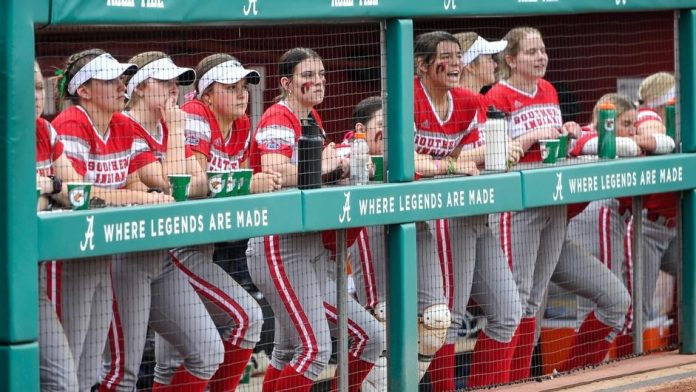The University of Southern Indiana Art and Design Department will partner with the Evansville African American Museum to present the Black Art Workshop and Exhibition in the McCutchan Art Center/Pace Galleries, located in the lower level of the Liberal Arts Center. The workshop event is set for Friday, June 28 through Sunday, June 30, and the exhibition will run Monday, June 24 to Friday, August 30.
The workshop consists of four guest artists’ presentations:
- Lunden King
- Ayinde Rochon
- Matthew Fields
- Kenneth Randle
“The workshop aims to offer exclusive space for the representation and mentoring of Black artists. To specify, one must be a regional or local Black artist to participate at the Evansville African American Museum as an artist or artist instructor,” said Tory Schendel-Vyvoda, Curator of the Evansville African American Museum. “Since no venue in Evansville is exclusively dedicated to representing Black artists, this initiative fulfills a community need while adhering to the mission of the Evansville African American Museum.”
The event is open to the public at no charge, but registration is required. Pre-registration is open Monday, March 11 through Monday, March 18. Community registration is open Tuesday, March 19 through Friday, June 14.
*Pre-registration is for BIPOC participants per the requirement of the Indiana Humanities Grant.
Register here:
- Friday, June 28: VIP Reception (Museum Members and USI VIPs Only)
- Saturday and Sunday, June 29-30: Black Art Workshop Weekend
For more information, visit the College of Liberal Arts’ webpage, or contact Dr. Greg Blair, Assistant Professor of Art and Design, at gblair1@usi.edu.
###
Founded in 1965, the University of Southern Indiana enrolls nearly 9,300 dual credit, undergraduate, graduate and doctoral students in more than 130 areas of study. A public higher education institution, located on a beautiful 1,400-acre campus in Evansville, Indiana, USI offers programs through the College of Liberal Arts, Romain College of Business, College of Nursing and Health Professions, Pott College of Science, Engineering, and Education and School of Graduate Studies. USI is a Carnegie Foundation Community Engaged University and offers continuing education and special programs to more than 15,000 participants annually through Outreach and Engagement. USI is online at www.usi.edu.











